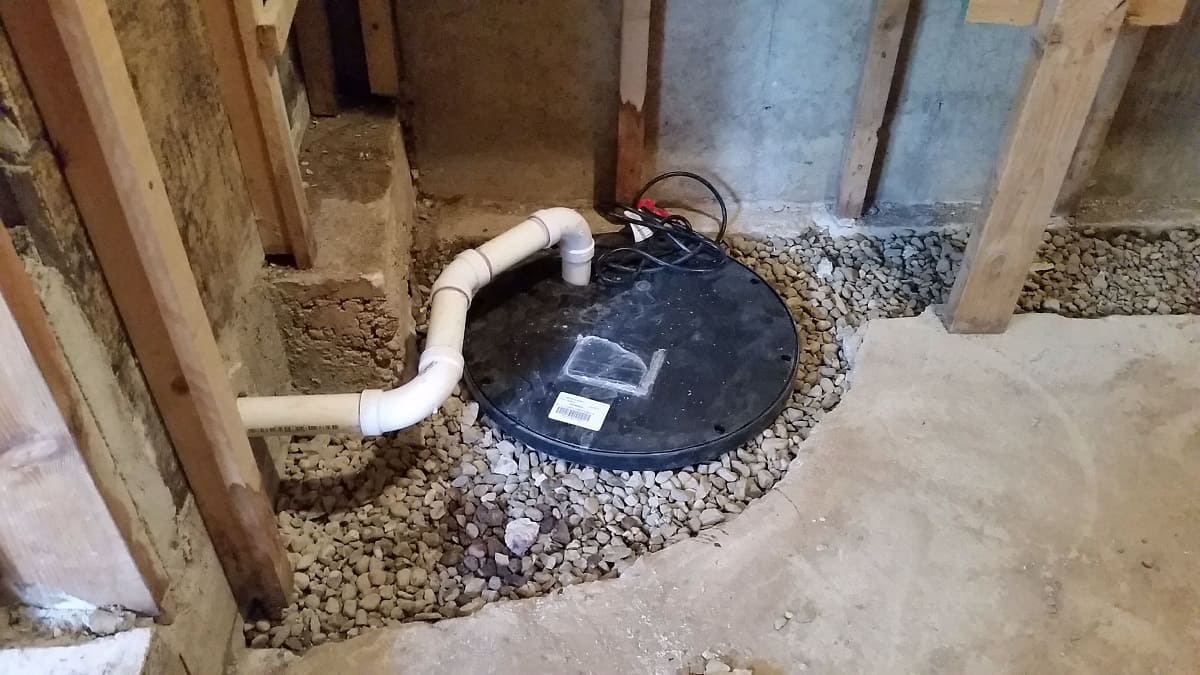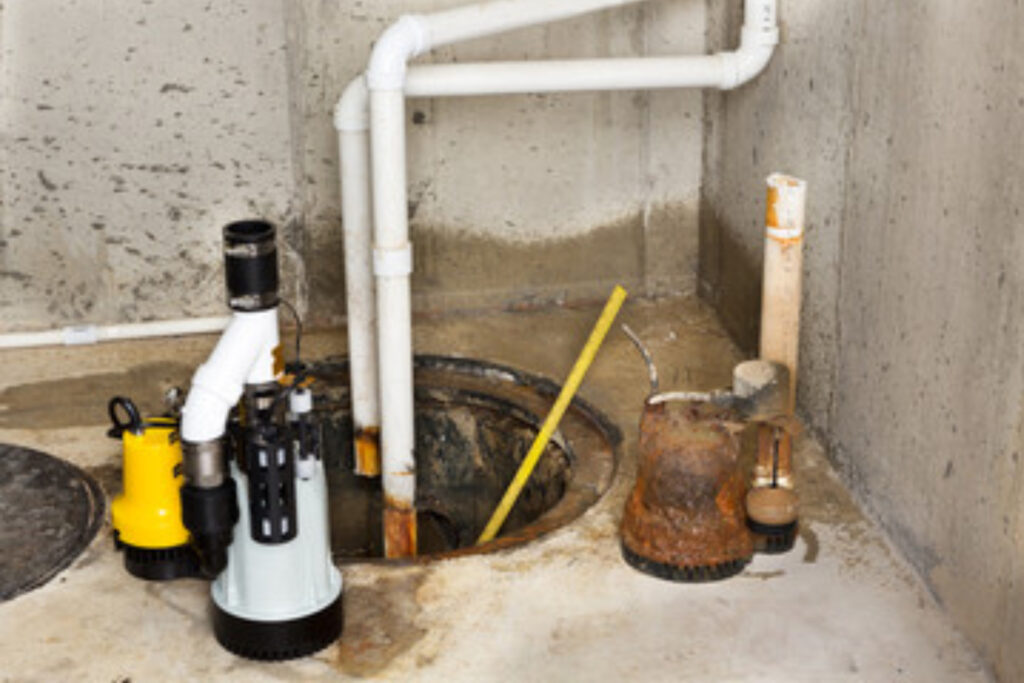Clear Tips for Taking Care of Your Sump Pump
Schedule Free EstimateThis post further down on the subject of Keep Your Sump Pump Clean, It'll Keep You Dry is particularly enjoyable. You should investigate for yourself.

Sump pumps are essential elements in several homes, particularly in locations vulnerable to flooding or too much moisture. They aid avoid water damage by successfully eliminating excess water from basements or crawl spaces. Nonetheless, like any other home appliance, sump pumps require normal maintenance to ensure they operate properly when needed one of the most. Cleaning your sump pump is a crucial part of its maintenance, and understanding just how to do it effectively can save you from costly fixings and prospective disasters.
Intro
Preserving a clean sump pump is vital for its appropriate performance and longevity. Overlooking this important task can lead to obstructions, malfunctions, and inevitably, water damages to your property. As a result, learning how to cleanse a sump pump is crucial for property owners that count on these devices to keep their cellars completely dry and secured.
Indicators of a Dirty Sump Pump
Understanding when your sump pump needs cleansing is important for avoiding possible breakdowns. Some usual signs that indicate a dirty sump pump include odd noises during operation, decreased water flow, and noticeable particles in the pit. If you see any one of these signs, it's vital to cleanse your sump pump immediately to prevent any further concerns.
Getting ready for Cleaning
Prior to you start cleaning your sump pump, it's essential to take some safety and security precautions. Beginning by turning off the power to the pump to stay clear of any type of electric accidents. Furthermore, put on suitable protective equipment, such as handwear covers and safety glasses, to safeguard yourself from dirt, particles, and possible virus.
Comprehending the Sump Pump
Before diving right into the cleansing procedure, it's essential to have a basic understanding of how a sump pump functions. Usually installed in a pit or basin below the basement floor, a sump pump consists of a number of crucial components, consisting of a pump, a float button, and a discharge pipeline. When water accumulates in the pit, the float switch activates the pump, which after that pumps the water out with the discharge pipeline, far from the building's structure.
Step-by-step Guide to Cleaning Up a Sump Pump
Shutting Off the Power
Begin by separating the power supply to the sump pump to stop any type of accidents while cleansing.
Checking for Correct Performance
Prior to re-installing the pump, perform a fast test to guarantee that the float button turns on the pump correctly. Pour some water right into the sump pit and observe the pump's procedure. If everything is working appropriately, you can reconstruct the pump and reconnect the power supply.
Removing Particles and Dirt
Make use of a pail or a scoop to eliminate any type of noticeable particles, dirt, or debris from the sump pit. Dispose of the debris appropriately to stop it from blocking the pump or the discharge pipeline.
Cleaning up the Pump and Drift Switch
When the pit is clear of particles, carefully remove the pump from the pit. Inspect the pump and the float switch for any signs of damages or wear. Use a soft brush or towel to clean the surfaces and remove any built up gunk.
Purging the System
After cleansing the pump and float switch, purge the sump pit with clean water to get rid of any type of continuing to be dirt or sediment. This will certainly assist make sure that the pump operates smoothly and effectively.
Upkeep Tips to Keep Your Sump Pump Clean
In addition to routine cleansing, there are several maintenance pointers you can comply with to maintain your sump pump in optimal problem:
Verdict
Cleansing your sump pump is a critical aspect of its upkeep and ensures that it runs efficiently when you require it one of the most. By following the steps described in this guide and incorporating regular upkeep right into your routine, you can extend the life-span of your sump pump and shield your home from water damages.
6 STEPS ON HOW TO CLEAN A SUMP PUMP PROPERLY
UNDERSTANDING SUMP PUMPS
Your sump pump plays a crucial role in protecting your home by managing and removing excess water. It primarily functions as a “shield”, guarding your basement against the damaging effects of water accumulation. The pump is housed in a sump pit in the lowest part of your basement, and its job is to pump out any water that collects there.
During heavy rainfalls or when snow melts rapidly, water can infiltrate your basement, posing potential risks like flooding, structural damage, and harmful mold growth. Here, the sump pump springs into action, pumping out the intruding water and directing it away from your home.
SAFETY FIRST
Before cleaning, remember to prioritize safety. Disconnect the sump pump from the power source to prevent any accidental electric shocks. Also, wear sturdy gloves to protect your hands from any sharp or dirty components within the pump.
REMOVE THE SUMP PUMP
After ensuring your safety, the next step is to remove the sump pump from its pit. Doing this might require careful maneuvering as you don’t want to damage any pump components. Once removed, clean the sump pit to remove any accumulated debris or sludge.
INSPECT THE PUMP
Inspect the pump for any visible signs of wear or damage. Check the power cord, float switch, and impeller housing. If any components look worn out or damaged, consider replacing them to ensure optimal performance.
CLEAN THE PUMP
Thoroughly clean the pump with warm, soapy water. Make sure to rid it of any dirt, gravel, or other debris that might impede its performance. You can use a toothbrush to clean the small, hard-to-reach parts of the pump.
REINSTALL THE SUMP PUMP
Reinstall the pump into the sump pit Make sure it’s positioned correctly to remove the water effectively Once it’s back in place, reconnect it to the power source TEST THE PUMP
Finally, pour some water into the pit to ensure the pump works correctly. It should start automatically and begin pumping out the water; if it doesn’t, check the power source and the positioning of the pump.
Remember, while cleaning your sump pump is an essential part of home maintenance, hiring a professional plumber for a thorough inspection and cleaning at least once a year is also important. This will ensure that your pump is in optimal condition, ready to protect your home from potential water damage.
BEST PRACTICES FOR CLEANING SUMP PUMP DISCHARGE PIPES
Regular Inspection: Regularly inspect your discharge pipes, especially during heavy rainfall or snowmelt periods. Look for any signs of blockage or damage. Early detection of problems can prevent serious issues down the line. Periodic Cleaning: Over time, sediment and debris can accumulate in the discharge pipes, impeding the flow of water. Regular cleaning helps keep the pipes clear and functioning efficiently. You can use a high-pressure water jet to effectively clean the pipes. Insulation During Winter: In colder climates, discharge pipes can freeze, blocking the outflow of water. Protect your discharge pipes from freezing temperatures by insulating them with foam pipe insulation. This will ensure the sump pump can continue to discharge water even in freezing conditions. Proper Positioning: The discharge pipe should be positioned to direct water away from your home’s foundation. Improper positioning can lead to water seeping back into the basement. Ensure the pipe is long enough and angled correctly. Installation of a Check Valve: A check valve prevents water from flowing back into your sump pit after the pump has pushed it out. Installing a check valve helps maintain the efficiency of your sump pump and reduces the risk of flooding. Minimize Pipe Turns: Every curve or turn in the discharge pipe can decrease the efficiency of water flow. By minimizing turns and bends in your discharge pipe, you can increase the efficiency of your sump pump. https://www.fullspeedplumbing.com/how-to-clean-a-sump-pump-properly9999/

Do you enjoy more info about Cleaning & Maintenance Tips for Your Home's Sump Pump? Make a review below. We'd be happy to know your feelings about this write up. Hoping to see you back again later on. In case you enjoyed reading our blog entry if you please be sure to pass it around. Thank-you for going through it.
Call Today